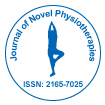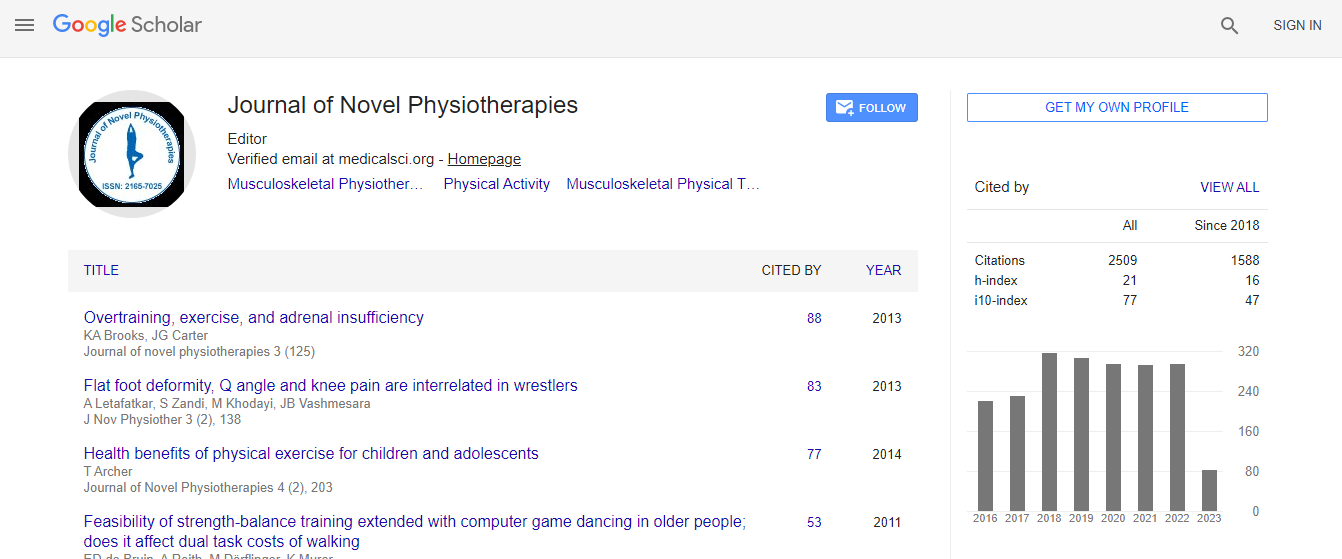Research Article
Terbinafine Hydrochloride 1% Iontophoresis for the Treatment of Toenail Onychomycosis: A Randomized Placebo Controlled Study
| Ahmed Fathy Samhan1,2* and Nermeen Mohamed Abdelhalim1,2 | |
| 1Physical Therapy Department, New Kasr El-Aini Teaching Hospital, Faculty of Medicine, Cairo University, Egypt | |
| 2Physical Therapy and Health Rehabilitation Department, College of Applied Medical Sciences, Prince Sattam bin Abduaziz University (Formerly Salman bin Abdulaziz University), Saudi Arabia | |
| Corresponding Author : | Ahmed Fathy Samhan PhD PT, Physical Therapy and Health Rehabilitation Department, College of Applied Medical Sciences Prince Sattam bin Abduaziz University (Formerly Salman bin Abdulaziz University) Alkharj, Saudi Arabia, Tel: 00966545159701 E-mail: ahmedsamhan44@yahoo.com |
| Received: March 01, 2015, Accepted: March 11, 2015, Published: March 18, 2015 | |
| Citation: Samhan AF, Abdelhalim NM (2015) Terbinafine Hydrochloride 1% Iontophoresis for the Treatment of Toenail Onychomycosis: A Randomized Placebo Controlled Study. J Nov Physiother 5:252. doi: 10.4172/2165-7025.1000252 | |
| Copyright: © 2015 Samhan AF, et al. This is an open-access article distributed under the terms of the Creative Commons Attribution License, which permits unrestricted use, distribution, and reproduction in any medium, provided the original author and source are credited | |
Abstract
Background: Successful topical treatment with deep penetration of toenail onychomychosis remains hard as the delivery of effective degrees of antifungal drug to the site of action is very difficult.
Purpose: To evaluate the efficacy and safety of terbinafine hydrochloride 1% iontophoresis for treatment of toenail onychomychosis.
Methods: Forty patients (23 male and 17 female) with mean age 46.15 ± 7.72 and with mild-to-moderate toenail onychomycosis of the big toe, were enrolled in a randomized placebo controlled study. All patients were assigned randomly into two groups of equal number: study group received terbinafine hydrochloride 1% iontophoresis on the big toenail onychomycosis with an intensity of 3 to 4 mA/min for 30 minutes, 3 times per week for 4 weeks (12 sessions) and control group received placebo terbinafine hydrochloride 1% iontophoresis. Onychomychosis Severity Index, potassium hydroxide microscopy of a dermatophyte, and visual analogue scale for patient-reported pain during walking wearing shoes had been collected pre-treatment and post-treatment.
Results: Showed significant improvement in the 3 outcomes in study group (p<0.05) with non-significant improvement in control group (p>0.05). Moreover the analysis between the two groups showed highly significant improvement as the study group would be preferred.
Conclusion: Terbinafine hydrochloride 1% iontophoresis with an intensity of 3 to 4 mA/min appeared to be effective and safe for treatment of mild-to-moderate toenail onychomychosis after 4 weeks of treatment.

